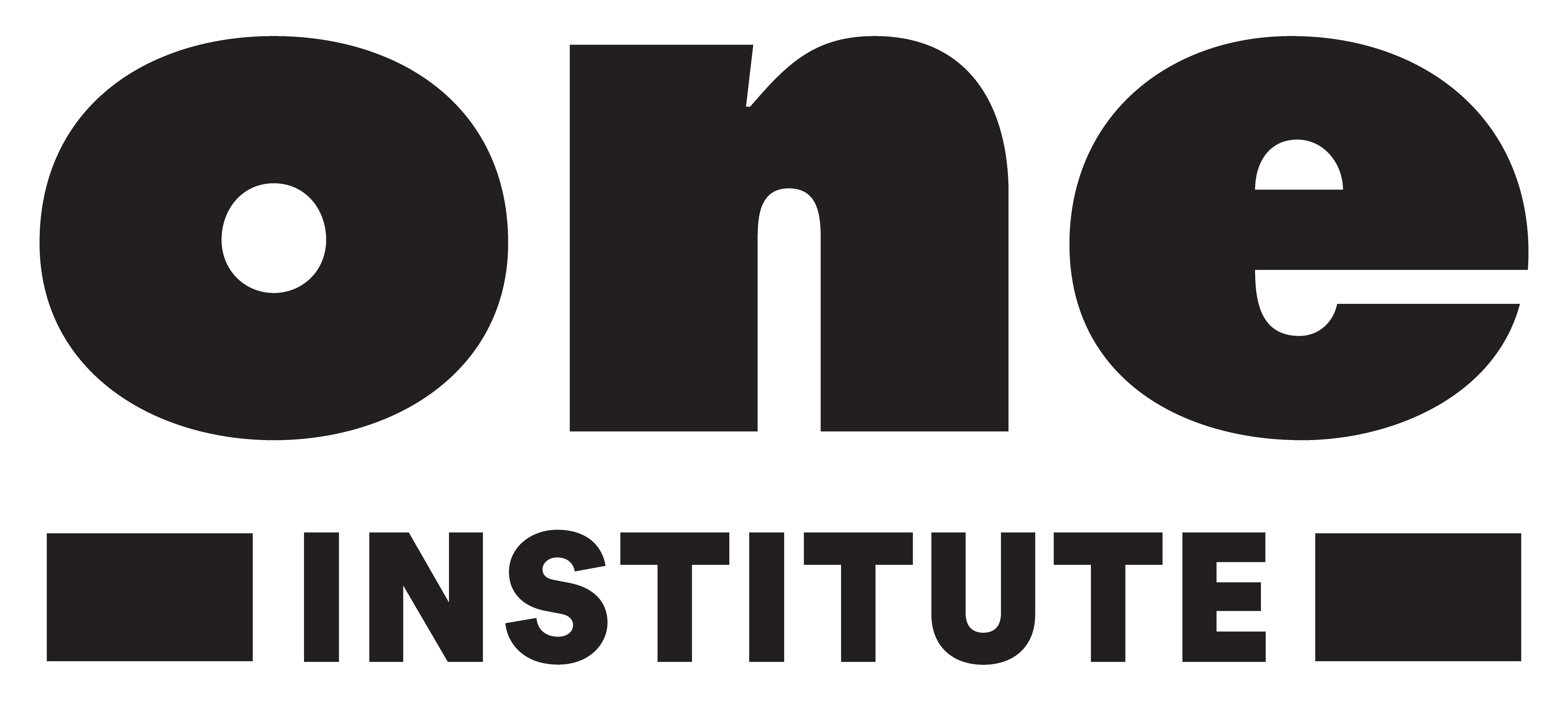To Cure a Sinful Nation: “Conversion Therapy” and the Making of Modern America, 1920 to Today
This article is authored by Chris Babits, from the 2018-19 cohort of the LGBTQ Research Fellowship program at the One Institute.
Several ONE collections complicated what I knew about the activism against conversion therapy. The Jim Kepner papers provided invaluable insight into gay rights activism against conversion therapy in the 1960s and 1970s. Kepner’s writings and notes spotlighted how the fight against conversion therapy was essential for humanizing lesbians and gay men. Pathologizing theories about homosexuality were important to challenge. Kepner was not only an activist, but as a historian, he recorded and saved numerous items on the struggle to remove homosexuality from the Diagnostic and Statistical Manual (DSM). The Betty Berzon papers, on the other hand, demonstrated the multiple ways in which the struggle against conversion therapy continued into the 1980s and 1990s. Conversion therapy changed after homosexuality per se was removed from the DSM. Berzon’s collection contained numerous details about the creation, adoption, and spread of gender reparative therapy in the mid-to-late 1980s. This included debates with Dr. Joseph Nicolosi, the most prominent and outspoken reparative therapist from the early 1990s until his death in 2017. Berzon, as the first openly gay psychiatrist in the nation, led a charge against Nicolosi and his religious right allies.
The One Institute’s LGBTQ Research Fellowship also gave me the opportunity to do something that I had not done before—listen to right-wing talk radio shows from the late 1990s and early 2000s. Talk radio became a prominent place where ideas about conversion therapy’s supposed efficacy received a receptive audience. GLAAD’s collection had countless cassette tapes of Dr. Laura Schlessinger’s popular radio talk show. I listened to numerous shows where Schlessinger advocated for the use of reparative therapy. These sources are important for my research since millions of listeners tuned in to hear Schlessinger’s advice. Her ability to shape the beliefs of such a wide audience helped reparative therapy survive well into the twenty-first century.
In other collections, I came across important legal briefs. In Judd Marmor’s papers, I read about Marmor’s back-and-forth exchanges with Paul Cameron, a discredited researcher who spread anti-gay hate in his work for the Institute for the Scientific Investigation of Sexuality (ISIS). Including these materials in my dissertation has highlighted the political and legal history of conversion therapy, thus demonstrating how the struggle over these controversial therapeutic ideas/modalities touched on nearly every issue in the gay civil rights struggle. In short, conversion therapy has been at the heart of battles over anti-discrimination protections, sodomy laws, and marriage equality.
Image Credits
Top image: A selection of audiotapes with recordings of Dr. Laura Schlessinger’s popular radio talk show.

Chris Babits
2018 LGBTQ Research Fellow, One Institute



